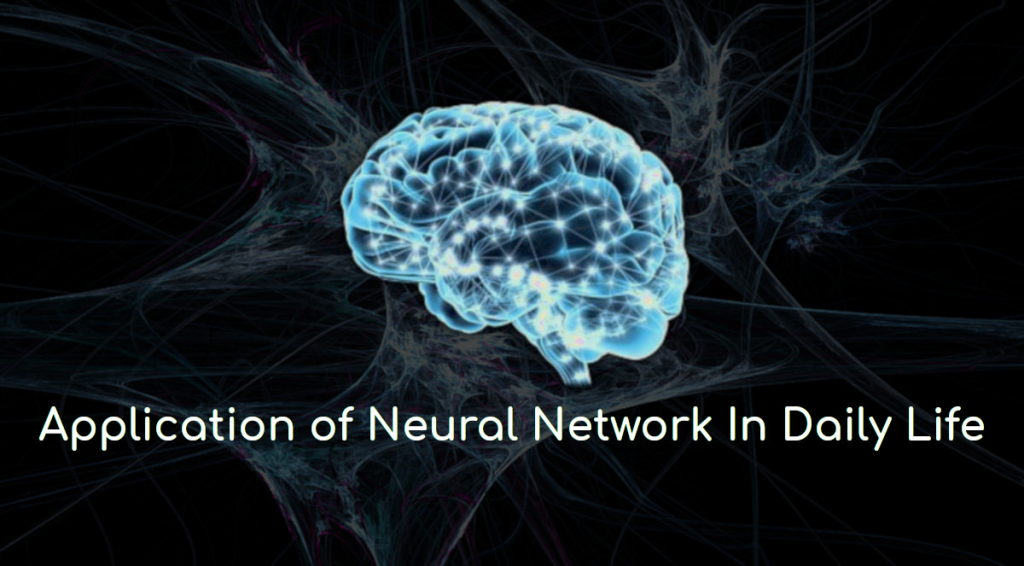What the Heck Are Neural Networks?

Neural networks, also known as artificial neural networks (ANN), are a type of machine learning algorithm modeled after the human brain. They are designed to recognize patterns and make decisions, just like the way humans do. In this article, we will explore the basics of neural networks, their applications, and how they work.
What are Neural Networks?
A neural network is a computational system that consists of a large number of interconnected processing nodes (neurons), which are organized into layers. Each neuron takes input from other neurons and produces an output, which is then fed to other neurons in the next layer. This process continues until the final output is produced.
The main idea behind neural networks is to create a system that can learn from data, identify patterns, and make decisions based on that knowledge. This is achieved by adjusting the weights and biases of the neurons during the training process, which allows the network to learn from the data and improve its accuracy over time.
How Do Neural Networks Work?
The basic building block of a neural network is the neuron, which is modeled after the biological neuron in the human brain. Each neuron takes input from other neurons and produces an output, which is then fed to other neurons in the next layer.
The input to each neuron is multiplied by a weight, which determines the strength of the connection between the neurons. Each neuron also has a bias, which is a constant value that is added to the input before it is processed. The weighted inputs and biases are then passed through an activation function, which determines the output of the neuron.
The output of each neuron is then passed to other neurons in the next layer, and the process is repeated until the final output is produced. During the training process, the weights and biases of the neurons are adjusted to minimize the error between the predicted output and the actual output.
Applications of Neural Networks

Neural networks have a wide range of applications in various fields, including:
- Image and speech recognition
- Natural language processing
- Autonomous vehicles
- Fraud detection
- Financial forecasting
- Medical diagnosis
- Gaming
- Robotics
- Predictive maintenance
- Customer service
Conclusion
In conclusion, neural networks are a powerful tool for machine learning and are widely used in various fields. They are modeled after the human brain and can learn from data, identify patterns, and make decisions based on that knowledge. Neural networks have a high degree of complexity, but their ability to learn and improve over time makes them an invaluable tool for solving complex problems.

👤 About the Author
Ashwani is passionate about DevOps, DevSecOps, SRE, MLOps, and AiOps, with a strong drive to simplify and scale modern IT operations. Through continuous learning and sharing, Ashwani helps organizations and engineers adopt best practices for automation, security, reliability, and AI-driven operations.
🌐 Connect & Follow:
- Website: WizBrand.com
- Facebook: facebook.com/DevOpsSchool
- X (Twitter): x.com/DevOpsSchools
- LinkedIn: linkedin.com/company/devopsschool
- YouTube: youtube.com/@TheDevOpsSchool
- Instagram: instagram.com/devopsschool
- Quora: devopsschool.quora.com
- Email– contact@devopsschool.com

